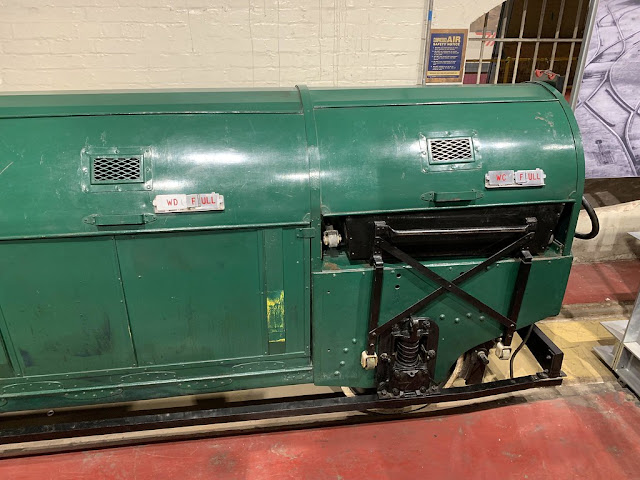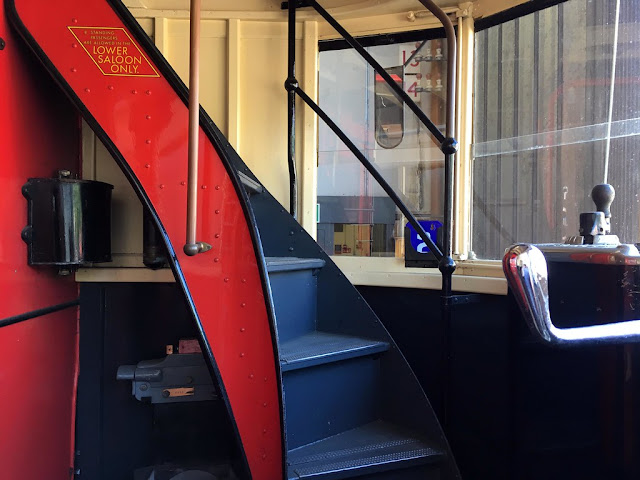The Class 416 2-EPB EMU was built to supplement suburban Southern Electric services in the 1950s. They were the first Southern units, along with the four car
Class 415 4-EPBs, to have Electro Pneumatic Brakes (hence the Alpha codes) [1]. There were two methods of manufacture; the
416/1 re-used underframes from withdrawn
2-NOL units [2] and the
416/2 was based on the Mark 1 coach design.
 |
| "Tyneside" 5793 when it was at the Electric Railway Museum (now closed) |
A version of the Class 416 was also built for the South Tyneside electrified network between
Newcastle and
South Shields, these differed from Southern units by having greater luggage space with a larger guard's area, express ratio gearing [3] and a modified front end [4] to North Eastern Region's requirements. When the Tyneside electrified network was "de-electrified" in the early 1960s these units were sent to join the other 416s in Southern Region and suitably modified.
| Information |
| Number built: |
256 (128 2-car units) |
| Built: |
1953-56 |
| Builder: |
BR Eastleigh |
| Engine: |
2 English Electric EE507 traction motors (660-750v DC third rail) |
| Power: |
500 hp (370 kW) |
| Formation: |
Driving Motor Brake Standard (DMBS)+Driving Trailer Standard (DTS)
"Tyneside Units" had first class accommodation and ran as DMBS+
Driving Trailer Composite (DTC) |
The Class 416 continued in service into the 1980s with a number refurbished as
416/3s and
416/4s. Withdrawals began in the mid-1980s beginning with the "Tyneside" units and all were withdrawn by 1995. Some driving trailers were also used to help form the
Class 206 "Tadpole" diesel electric multiple units [5].
Five units have been preserved.
 |
| 6307 when it was also at the Electric Railway Museum |
 |
| Front view of 5793 |
[1] Colin J Marsden, DMU and EMU Recognition Guide (Ian Allan, 2013) p. 320
[2] Brian Haresnape & Alec Swain, Third Rail DC Electric Multiple Units (Ian Allan, 1989) p. 34
[3] David Brown, Southern Electric Vol 2 (Capital Transport, 2010) p. 196
[4] Haresnape & Swain p. 38
[5] Brian Haresnape, Diesel Multiple Units: The Second Generation & DEMUs (Ian Allan, 1986) p. 36






































